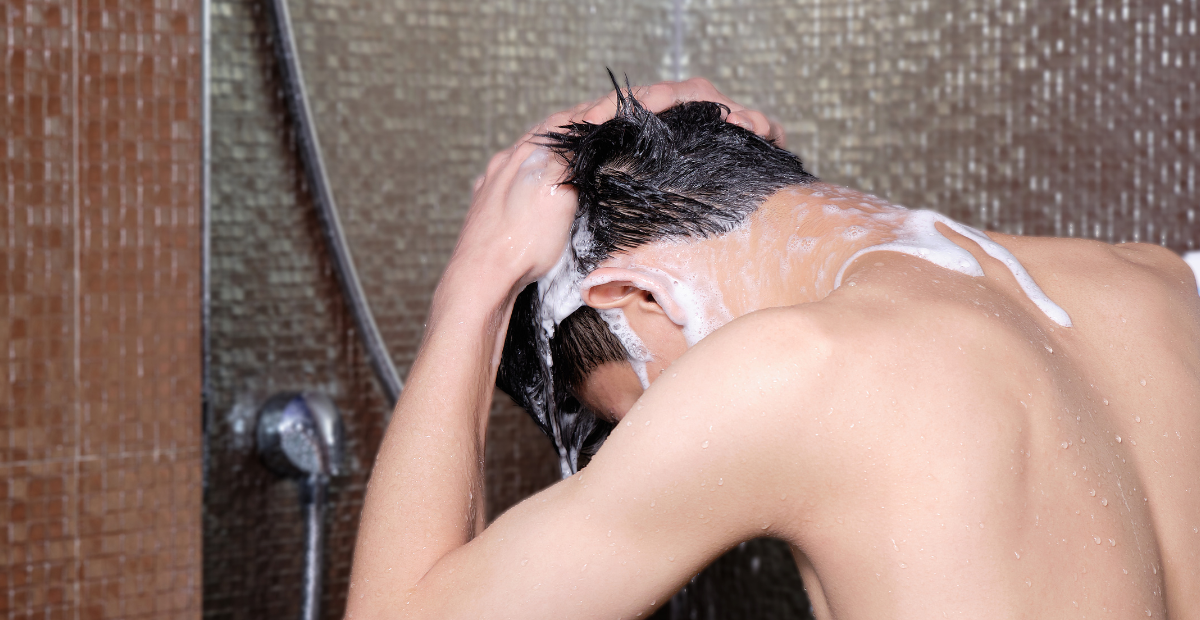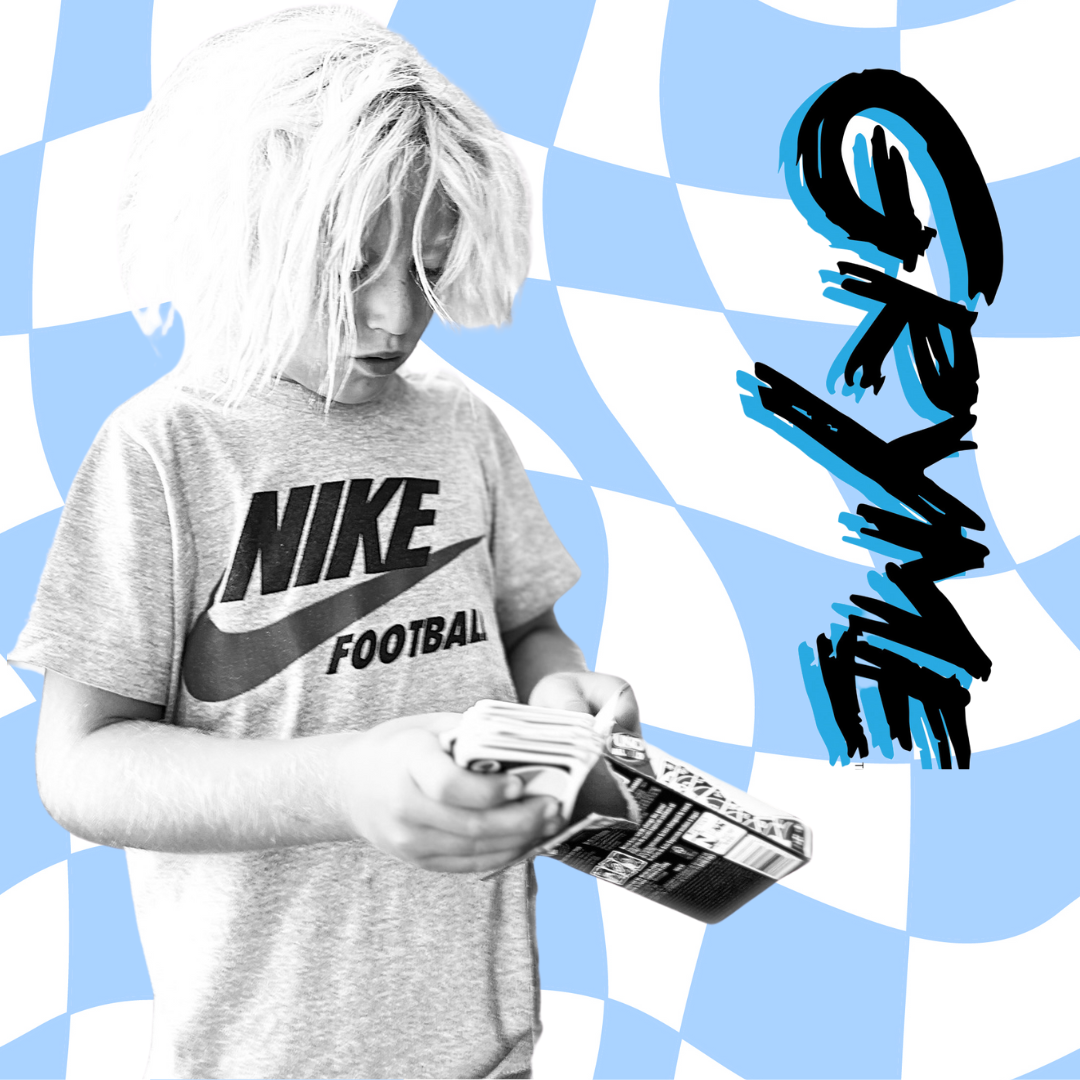You’ve probably noticed it everywhere: shampoo bottles, body washes, and even baby products proudly stamped with “Sulfate-Free” on the front label. And honestly? I love that brands are finally listening to parents and trying to remove ingredients people have raised concerns about.
But here’s the thing most parents don’t know (I didn’t either until I dug into it for my own kids):
Just because something says “sulfate-free” doesn’t mean it’s truly gentle.
Brands have gotten smart. They’ve removed sulfates, but they often swap them out for other inexpensive ingredients that can be just as harsh, especially on kids’ delicate skin. Unfortunately, you can’t trust marketing claims. The front of the bottle is marketing. The back of the bottle? That’s where the truth lives.
And if you don’t know what you’re looking for, those “clean” labels can be pretty misleading.
What Are Sulfates and Why Should We Avoid Them?
Sulfates are super-strong detergents used to create big foamy lather and strip away oil, dirt, and buildup fast. They’re common in shampoos, body washes, and even dish soap (yep, the same cleansing power you use on greasy pans).
The most common sulfates you’ll see on ingredient lists are:
- Sodium Lauryl Sulfate (SLS)
- Sodium Laureth Sulfate (SLES)
- Ammonium Lauryl Sulfate (ALS)
- Ammonium Laureth Sulfate (ALES)
- TEA Lauryl Sulfate
- Sodium Myreth Sulfate
So why do companies use them? Because they work really well. And they’re cheap.
In other words, they’re really great at cutting through grease and oils and making products foamy and effective at cleaning. But that level of cleaning power is way more than kids’ skin and hair need.
For young, developing skin that’s thinner and more sensitive, sulfates are simply too harsh. They can strip away the skin’s natural oils, disrupt its protective barrier, and leave skin and scalp feeling dry, tight, or irritated.
A Little Sulfate History (and Why They’re Still So Common)
In the 1960s, Sodium Lauryl Sulfate (SLS) was the ingredient of choice in shampoos, even baby shampoos! It foamed up beautifully, made hair feel squeaky clean, and got the job done fast.
But word started getting out that this same ingredient was also used in industrial degreasers and garage floor cleaners. You can imagine how that landed with parents.
By the 1990s, brands started switching to Sodium Laureth Sulfate (SLES), a slightly gentler version, but the damage to sulfates’ reputation was done. Consumers started demanding sulfate-free everything.
At first, brands scrambled to find replacements. Early alternatives like decyl glucoside and coco glucoside were much milder, but they didn’t foam or clean quite as well. Parents wanted “cleaner” ingredients, but not everyone loved formulas that didn’t lather up the way they were used to.
Fast forward to today:
- There are now surfactants with irritation scores close to zero — truly gentle, skin-friendly cleansers that do work.
- But they cost more, and not every brand is willing to use them.
- So many sulfate-free formulas still rely on cheaper substitutes that foam well but can be harsh or drying.
At Gryme, we believe it’s worth spending more to do better, because your kids deserve formulas that actually care for their skin.
The Hidden Problem: Other Harsh Surfactants in “Sulfate-Free” Products
This is where things get tricky. Just because a product is sulfate-free doesn’t mean it’s safe or gentle.
Many brands use other harsh, inexpensive surfactants like:
- Sodium C14-16 Olefin Sulfonate
- Cocamidopropyl Betaine
These ingredients foam well and clean efficiently — but they can also strip the skin’s natural oils, dry out the scalp, and leave skin irritated and tight.
In fact, sodium olefin sulfonate and cocamidopropyl betaine are often paired together in sulfate-free products to give you that foamy lather you expect… but they’re not great for delicate, young skin.
How to Spot the Difference: Flip the Bottle
The front of the bottle is where the marketing lives.
The back label is where the truth is.
Flip the bottle over and read the ingredients. Look for what’s near the top of the list (usually right after water). If you see sodium olefin sulfonate or cocamidopropyl betaine up there, that “gentle” formula probably isn’t as gentle as it claims.
If you need help learning how to read labels without feeling overwhelmed, check out our other blog: How to Read Ingredient Labels. It'll make your next shopping trip so much easier.
Gentle Surfactants That Are Truly Kid-Friendly
If you want something that actually works and is gentle, look for these:
- Sodium Cocoyl Isethionate — creamy and mild
- Sodium Lauroyl Methyl Isethionate — gentle and sulfate-free with great lather
- Decyl Glucoside — plant-based and non-irritating
- Cocamidopropyl Hydroxysultaine — a gentler alternative to betaine
- Disodium 2-Sulfolaurate and Sodium Methyl 2-Sulfolaurate — mild, biodegradable, and great for sensitive skin
Why This Matters for Your Kids
Kids’ skin isn’t just smaller. It’s thinner, more permeable, and more reactive. The wrong surfactants can leave them dry, itchy, flaky, or even struggling with breakouts and scalp irritation.
The right gentle cleansers keep their skin balanced and comfortable, help them feel good about taking care of themselves, and make daily hygiene something they actually do without a fight.
What We Use at Gryme (And What We Never Will)
We don’t just avoid sulfates. We avoid anything harsh or unnecessarily irritating. That means:
- No sulfates
- No sodium olefin sulfonate
- No cocamidopropyl betaine
- No sneaky substitutes
Instead, we use gentle, coconut-derived surfactants that clean well, lather just enough, and leave skin and hair soft and healthy. Our formulas are tested for sensitive skin and designed for kids who don’t have time (or patience!) for complicated routines.
The Bottom Line: Don’t Just Trust the Front Label
It’s great that brands are listening — but don’t stop at “sulfate-free.”
Flip the bottle. Know what you’re looking for.
And if you’re ever not sure? Check out our How to Read Ingredient Labels article.
Because your kids’ skin deserves more than marketing claims — it deserves safe, gentle products that actually work.





Leave a comment
All comments are moderated before being published.
This site is protected by hCaptcha and the hCaptcha Privacy Policy and Terms of Service apply.